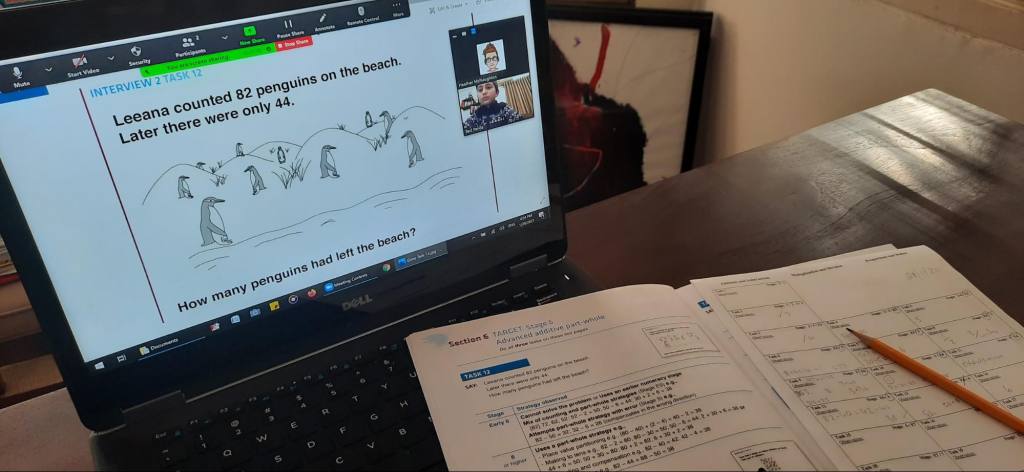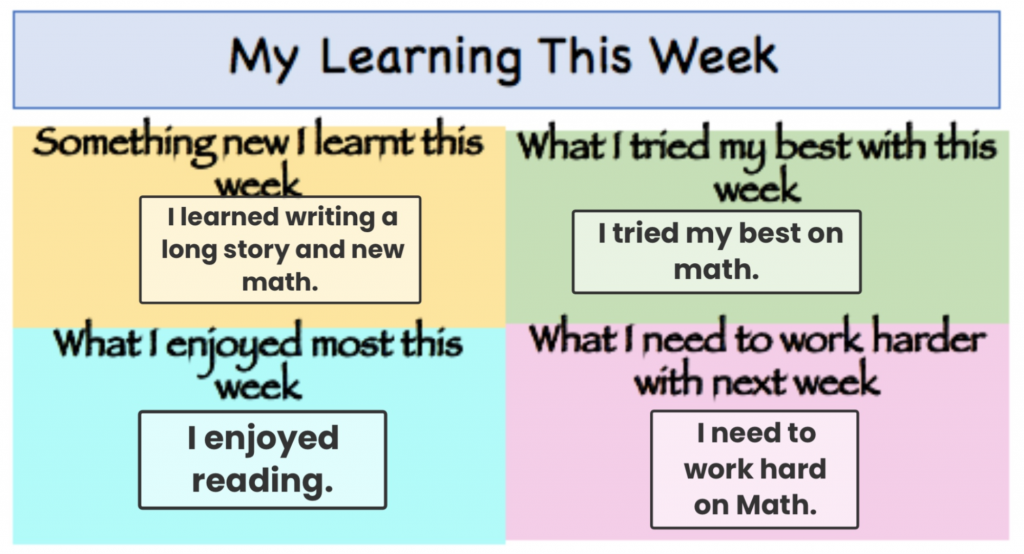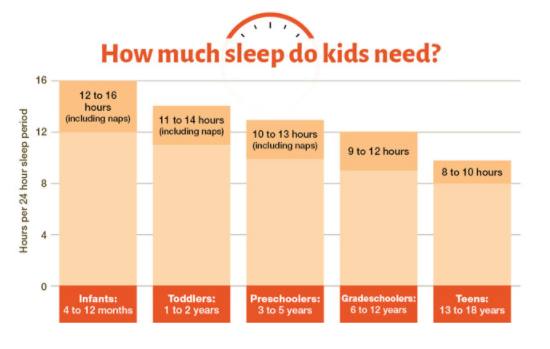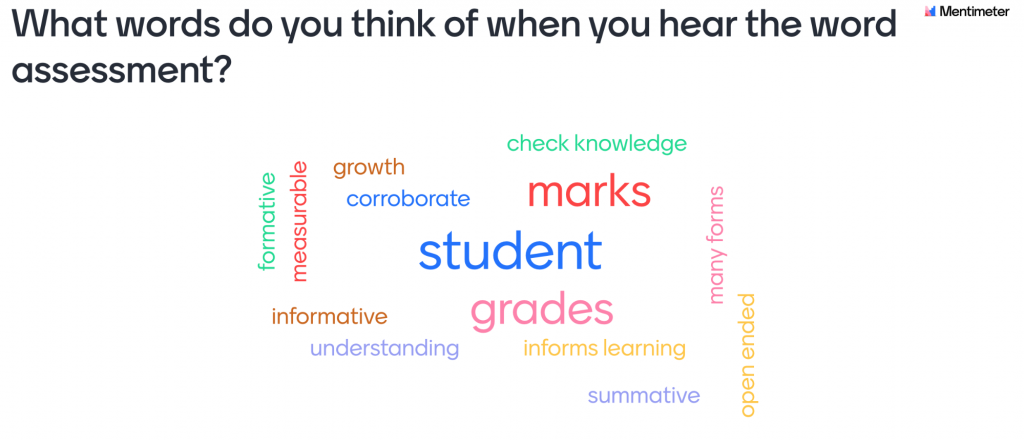Primary eNews – January 29, 2021
PYP Parent Information Session on Assessment
Thank you to those of you that attended the Parent Information Session on Assessment. For those of you that couldn’t make it, please find the slides attached.
Comparing our pre and post assessments, you can see that there is an increased understanding of the collaboration and communication which is such an important part of assessment in the PYP. Here are some visuals, to show some real examples of what assessment for, of and as looks like at our school.
Assessment for Learning

Teacher and student designed checklists inform teaching and support learning.

Determining students knowledge, understanding and skills on a topic informs planning experiences. Assessing prior knowledge supports differentiation.

Assessing prior knowledge also gives students a voice suggesting what it is that they want to inquire into based on their level of readiness and interest.
Math Interviews
Finding out a student’s individual ability in Mathematics enables us to plan for activities and programs that can be adjusted to suit their learning needs. Here is the Gloss Math Interview for students in Grade 2-5 – this can be administered in person or online via Zoom. The student solves the problems shown on screen and the teacher can record responses according to the interview guide to pinpoint their level.


Assessment of Learning
Rubrics allow teachers to identify areas of strength and guide teaching and learning. Rubrics allow teachers to measure growth over time. Throughout the primary, we use the 6 traits writing rubrics to guide assessment.

End of semester performance task based on curriculum outcomes to indicate students levels of attainment


Teacher and student designed success criteria and feedback provide a snapshot of student understanding.
Thinking routines used for pre assessment in our Units of Inquiry encourage students to make careful observations and thoughtful interpretations. One such routine: SEE, THINK, WONDER helps to stimulate students’ curiosity and encourages them to think carefully about why something looks the way it is and sets the stage for inquiry. In this routine, students share their thinking at each step along the way before moving on to the next one. This allows the class to build on the group’s thinking and often results in richer class discussions.

Reading Assessments
PM Benchmarks are one way we assess reading achievement. These assessments can be administered in person, or online via Zoom and enable teachers and students to select reading material that suits their ability.

Assessment as Learning

Student self reflection questions for unit of inquiry. These guiding questions aim to encourage students “thinking about their own learning” how it has changed and next steps (possible goals or action)

Students reflect on their thinking skills and then use this to create goals to improve.

Reflecting on the work of others helps us to know our own strengths and set goals for personal improvement.
Weekly Reflection:


End of a Unit Of Inquiry Reflection:


PYP Exhibition – Parent Information Session
Grade 5 will be beginning their Grade 5 PYP Exhibition (PYPX) next month. The Exhibition is the culminating event of the Primary Year’s Programme and is a significant event in the life of a PYP school and students. Join this information session to find out how you can support our Grade 5 students as they begin their exhibition journey.

What’s So “Jolly” About Phonics?
(An Introduction to Jolly Phonics Program in the Early Years in BIS)
Early childhood is a fundamental stage of children’s cognitive development, especially language development. In this stage, children learn numerous new words and a wide range of vocabulary from their social interactions and from listening to their surroundings. Children will also start to understand how the sounds within language work together to form words and how it could help them communicate with others. Therefore, it is important to expose children in this stage to a world that is rich in sounds, sights, and consistent exposure to the speech and language of others. It could be done by reading books with them, allowing them to communicate actively with their peers and people around, and exposing languages in fun ways (i.e. songs, games, videos, etc).
By having this understanding, the early years department in BIS applies various strategies, approaches, and programs to help the children obtain the utmost potential especially in terms of language development. One of our programs to support language learning in the early years in BIS is Jolly Phonics.
What is the Jolly Phonics Program?
Jolly Phonics is a world-leading English literacy method that teaches children how to read and write using phonics. Phonics is the teaching of the sounds that letters make, rather than the names of letters that are taught in the alphabet, because it is the sounds that are useful for reading and writing, not the names. These sounds are taught in a systematic way, alongside all of the skills needed for being a fluent reader and writer. Jolly Phonics also teaches all of this in a fun and engaging way, through characters, stories, actions, songs and games.
The Skills Taught Through Jolly Phonics in BIS
- Sounds
Children are taught the sounds that the different letter’s names, and not the names of the letters. In Jolly Phonics, 42 different sounds are taught.- Group 1: s, a, t, i, p, n
- Group 2: c k, e, h, r, m, d
- Group 3: g, o, u, l, f, b
- Group 4: ai, j, oa, ie, ee, or
- Group 5: z, w, ng, v, oo, oo
- Group 6: y, x, ch, sh, th, th
- Group 7:qu, ou, oi, ue, er, ar
- Blending & Segmenting
Once the children know some sounds, they will be exposed to how these sounds can be put together to make words to help children with their reading. Children are taught how to blend individual sounds together in order to read full words. For example, “s” + “a” + “t” = sat. Lots of blending practice builds reading fluency. Children are taught how to hear the individual sounds in full words so that they can break them down to write and spell them correctly. For example, hen = “h” + “e” + “n” - When will my child learn this program?
Children in Preschool will be exposed to this program when they show interest and readiness in learning letters and sounds (usually begun with introductions of rhymes and syllables). The children will be exposed by the letter sounds in the first set first and will be continued on a daily basis. This program will then be continued in Kindy.
www.jollyphonics.ng/what-is-jolly-phonics
A reminder that BIS Library is still available for use
As the island government requires that BIS remain in Distance Learning mode (as of this writing), the Library has usage protocols that allows users to schedule appointments to check out books or to have the Library prepare books for pickup that you request after viewing our online catalog.
Counseling

Getting enough sleep is essential for your child’s development. The chart gives you a rough idea of how much sleep your child needs in 24 hours, including naps. Sleep-deprived children struggle with emotional regulation, concentration, obesity, headaches, and mental health. By getting enough sleep, children experience healthier immune systems, better performance in school, and improved memory, mental health, and behavior.
- Make sleep routines a family priority. Create a plan as a family and model the habits ensuring you are also getting enough sleep. Can your child follow the bedtime plan when you are not at home?
- Develop daily routines to support your sleep routine. Keep wake, school, play, meal, and bedtimes consistent. Routines make children feel safe and secure.
- Provide opportunities for outdoor and varied play activities.
- Create a family screentime plan. The plan should include stopping device use well before bed. Read from actual books.
- Make bedrooms a sleep haven. Do not have TVs, charging devices, computers, etc in the bedroom. When your child walks into their room, their brain should sense this is a place for rest and sleep, not stimulation. Is their room cool, dark, and quiet?
- Pay attention to your child’s alertness during the day. When they are physically in school, ask their teacher. If they are sluggish during the day, this can indicate they are not getting enough sleep or have sleep disturbances.


